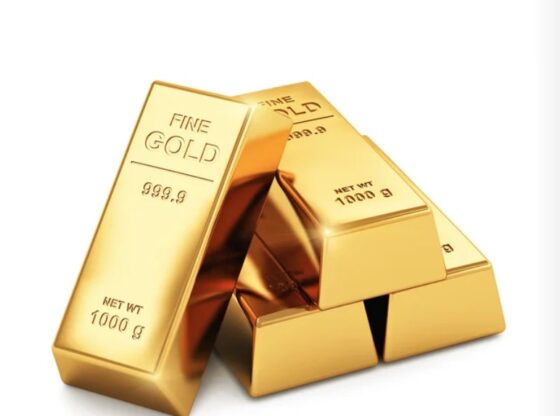Gold prices experienced a dramatic reversal of fortune this week, plummeting to their lowest level in five weeks on Friday. This sharp decline followed the release of surprisingly strong US economic data, throwing a wrench into investor expectations for an immediate interest rate cut by the Federal Reserve.
The crux of the issue lies in the May non-farm payrolls report. The data revealed a surge in new jobs, exceeding even the most optimistic market forecasts. This unexpected strength in the labor market bolstered the US dollar and dampened hopes for a near-term Fed policy shift. Lower interest rates are generally seen as a boon for gold, as they reduce the opportunity cost of holding the non-interest-bearing metal.
Adding fuel to the fire was the news that the People’s Bank of China (PBOC), a major player in the global gold market, opted not to add to its gold reserves in May. This decision brought a halt to China’s impressive 18-month buying streak, raising questions about their future appetite for the precious metal.
Analysts, however, are cautious about interpreting this pause as a definitive end to China’s gold accumulation. Some believe it’s more likely a strategic move, reflecting a reluctance to purchase at record-high prices. They point out that China remains a major consumer of gold, and its long-term demand is unlikely to disappear entirely.
Meanwhile, other sources of support for gold are expected to emerge. Analysts predict a rebound in demand from Exchange Traded Funds (ETFs), a popular investment vehicle for gold. This is likely to occur as US Treasury yields fall, making gold a more attractive option for investors seeking safe-haven assets.
Looking ahead, the long-term outlook for gold remains optimistic. Metals Focus, a prominent consultancy, recently released a report predicting that gold prices will reach a new all-time high in the latter half of 2024. This bullish forecast is based on several factors, including:
- Supportive Central Bank Demand: While the Fed’s stance might be in flux for the short term, the overall trend suggests a global shift towards looser monetary policy. This easing could come from other central banks, potentially fueling gold prices.
- Geopolitical Concerns: Rising tensions on the international stage often lead investors to seek the safety of gold. Any significant geopolitical developments could trigger a surge in demand for the precious metal.
- Fear of Missing Out (FOMO): The recent rally in gold prices has undoubtedly captured the attention of investors. A continuation of this trend could attract further investment due to FOMO, pushing prices even higher.
In conclusion, gold’s recent price drop is a reminder of the inherent volatility in the precious metals market. However, this short-term setback shouldn’t overshadow the strong long-term fundamentals supporting gold. With central bank policies, geopolitical uncertainties, and investor sentiment all playing a role, gold’s journey in the coming months promises to be an exciting, if unpredictable, one.

